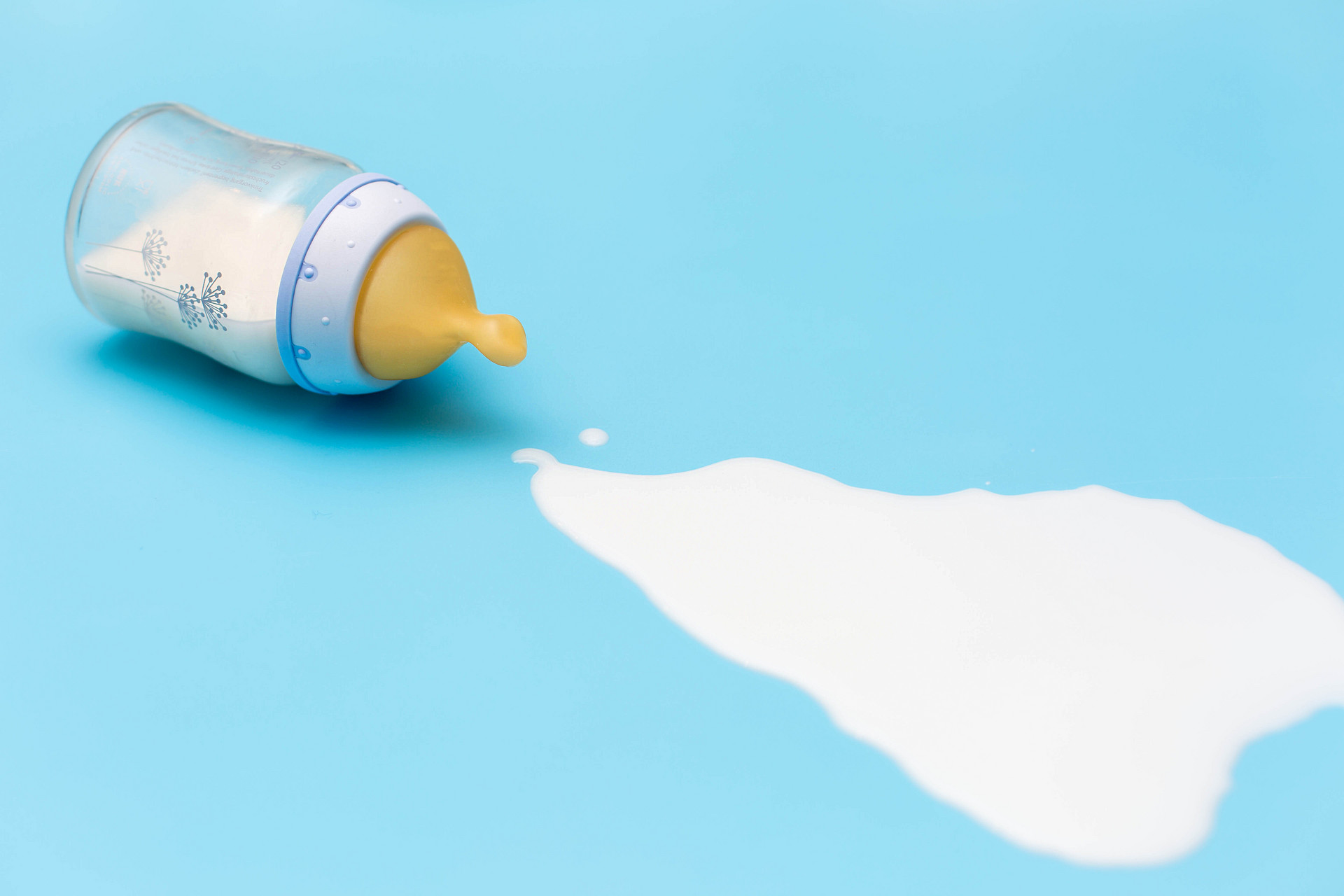Once again, it's winter, and mothers are starting to worry about their babies getting cold while sleeping. They dress their babies in layer after layer of clothing, while some mothers believe that as long as the heating is on at home, their baby can just wear a close-fitting outfit and a thin blanket. So, how much should a baby wear to sleep in winter?
【Winter Dressing Standards for Two-Year-Old Babies】
1. Dressing in close-fitting underwear
Some mothers believe that as long as the baby wears thick clothes on the outside, they will be warm enough without paying attention to the baby's underwear. In fact, soft cotton underwear not only absorbs sweat but also allows air to stay around the skin, preventing the loss of body heat and making it less likely for the baby to catch a cold. Babies who don't wear close-fitting underwear lose more body heat and feel cold to the touch, making them more susceptible to getting sick.
2. Dressing in woolen clothes
Even though it's already spring, the temperature is still cold. When going out, it is important to dress the baby in warm and functional woolen clothes. Baby's skin is soft and even a slight irritation can cause skin allergies. When choosing woolen clothes, consider the texture of the wool. Nowadays, there are fine and soft woolen clothes specially made for babies, which are warm and suitable for them to wear. Parents should also pay attention not to choose woolen clothes that easily shed fibers to prevent them from being inhaled into the baby's airway and lungs.
3. Indoor dressing methods
Usually, babies spend more time at home. If there is heating indoors, the temperature will be maintained at around 25℃. The baby only needs to wear a thin cotton jacket and a soft thin cotton shirt inside. If the house is not equipped with any heating devices, add a cotton vest or a woolen vest on top of the previous layers for the baby.
4. Timely dressing and undressing
Babies are naturally active, even in winter they will play around wearing heavy clothes. So, mothers should pay attention to timely dressing and undressing for these active babies, adding or removing layers of clothing based on their body temperature and sweating condition. The total amount of clothing should not exceed 4 layers to avoid hindering the baby's movements.
5. Dressing for sleep
When the baby sleeps at night, they should wear comfortable and loose-fitting sleepwear, and then put on a sleeping bag. This way, the baby can sleep comfortably without getting cold. Another option is to warm the bed with a hot water bottle and remove it when the baby is sleeping, allowing the baby to fall asleep in a warm environment. Avoid dressing the baby in too many clothes while sleeping, as it can affect the quality of their sleep.
【How to Choose a Hat for Babies in Winter】
1. Choose different hats for different ages: When choosing a hat, parents should consider the age of their baby and select a hat size that fits comfortably, ensuring that the baby stays warm and comfortable.
2. The thickness of the hat should correspond to the temperature: As the temperature drops during winter, parents should also consider increasing the thickness of the hat to ensure its insulation effect.
3. Choose a hat size that fits the head circumference: When purchasing a hat, parents should choose a size that is 1-2 centimeters larger in head circumference or 0.3 centimeters larger in diameter, to avoid choosing a hat that is too tight and affecting the baby's head development.
4. Avoid hats with brims or fur edges: Some hats on the market have novel and beautiful designs, but they are not practical and can harm the baby. Hats with brims can obstruct the baby's vision, while hats with fur can irritate the baby's delicate skin.
【The Most Important Parts to Keep Warm for Babies in Winter】
1. The belly button: The reason why the belly button is easily exposed is that one to two-year-old children usually have a big belly and their pants are prone to slipping down. Also, during crawling, being carried by parents, or playing games, the child's upper clothing may be lifted up to the chest and abdomen.
Suggestion: In the northern regions, children usually wear bellybands. In the southern regions, this is not a common practice. Parents can choose overalls, jumpsuits, or pants that tightly cover the belly button to prevent cold exposure.
2. The feet: Cold starts from the soles of the feet. Only wearing socks or shoes without socks can easily result in cold feet. The feet are the farthest from the heart and receive less blood supply. If they get cold, the blood circulation will decrease further, which can lead to the constriction of the respiratory mucosa and microvessels, creating a favorable environment for the proliferation of pathogens in the nose and throat, and making it easy for babies with low resistance to develop respiratory infections.
Suggestion: Shoes and socks are both necessary, especially not wearing socks with shoes. Sweaty feet confined in shoes can lead to fungal infections. Parents can choose breathable cotton socks for their children and even in the hot summer, bare feet should only step on wooden floors or carpets, not directly on tiles.











